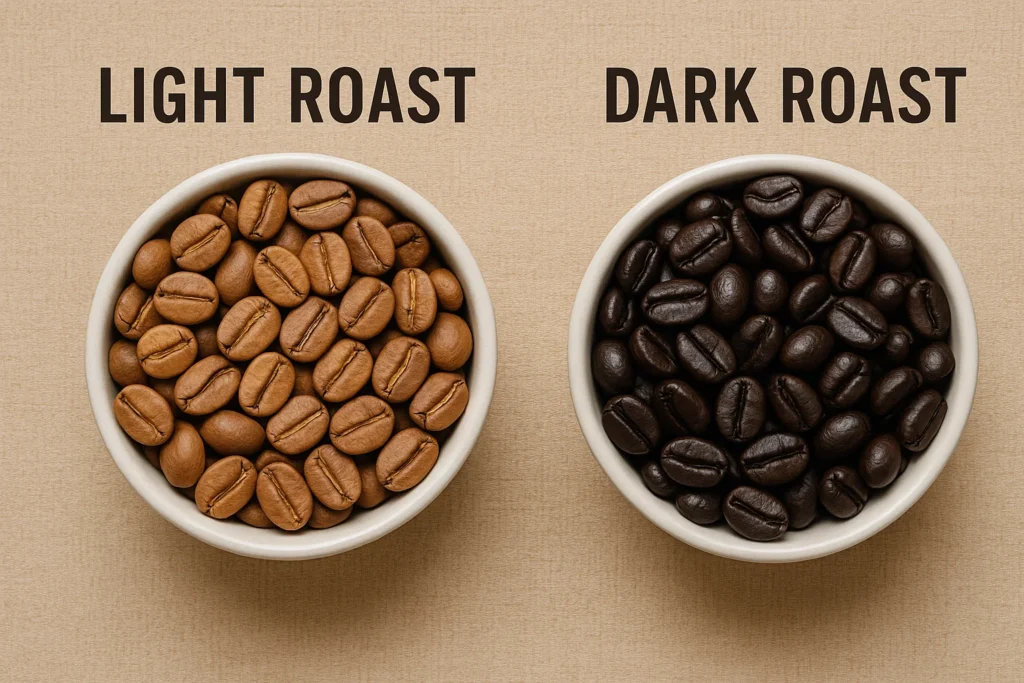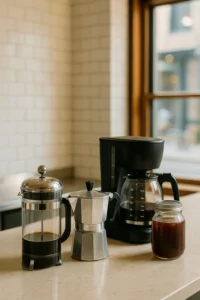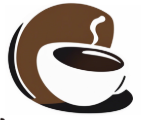Home » Coffee Knowledge » Brew Methods » coffee brewing tips » Does Strong Coffee Have More Caffeine?

We’ve all had that one cup of coffee—the kind that hits you like a slap in the face at 7 a.m. I remember once, years ago, I brewed what I thought was a “strong” cup before a long drive. It was thick, dark, and practically dared me to drink it. I took one sip, braced for the caffeine rush… and then yawned five minutes later. Turns out, I’d just made a really bitter cup with hardly any extra kick. Not exactly the rocket fuel I was hoping for.
That moment sent me down a rabbit hole: What actually makes coffee strong? And more importantly—how do you really brew a cup that delivers on the caffeine front? If you’ve ever asked yourself the same, you’re in good company. Let’s clear up the myths and figure out what makes a brew both bold and buzz-worthy.
After that disappointing cup, I assumed I just needed to make my coffee darker, thicker, and more bitter to get more caffeine. So I went full throttle: heaping scoops of grounds, barely any water, and the darkest roast I could find. It tasted like scorched earth—and still didn’t give me that wide-eyed alertness I was chasing.
That’s when I realized “strong” doesn’t actually mean what I thought it did.
In the coffee world, “strong” usually refers to flavor intensity, not caffeine content. And flavor strength can come from a few different factors:
A higher coffee-to-water ratio, which makes each sip more concentrated
A dark roast, which adds bold, smoky, or even burnt notes
A brewing method like French press or moka pot, which tend to produce thicker, oilier, and more robust coffee
But here’s the kicker: bold taste ≠ high caffeine. A mug of French press coffee can feel stronger on your palate than drip coffee, but that doesn’t guarantee it’s giving you more caffeine. In fact, depending on the grind, steep time, and even bean type, it could be the same—or even less. It’s like mistaking spice for heat: just because it feels intense doesn’t mean it’s doing more damage.
Caffeine content depends on a few key factors:
If you want a caffeine-heavy brew, it’s not just about flavor—it’s about method and measurement. Learn more about this in How to Make Strong Coffee at Home.

This is a common myth. Many people think a darker, bolder roast must be stronger in caffeine. But the opposite is often true.
Dark roasts lose some of their caffeine in the roasting process due to longer exposure to heat. Light roasts, which are roasted for a shorter time, retain more caffeine by weight. However, since dark roasts expand and become less dense, you may end up using more volume (e.g. a scoop) when brewing, which can level out the caffeine difference.
 If your goal is more buzz, choose a method known for high caffeine extraction:
If your goal is more buzz, choose a method known for high caffeine extraction:
Cold brew in particular is popular for delivering a smooth taste with high caffeine. You can try making cold brew with a French press if you don’t have a fancy setup.
If you want to increase the caffeine in your cup without guessing, here are a few proven tips:
So what’s the real takeaway from all this caffeine confusion? That bold, bitter cup that tastes like rocket fuel might not actually deliver more caffeine than a mellow glass of cold brew. Strength of taste is often the result of roast level, grind size, or brew method—not the actual caffeine content.
After that first letdown, I stopped trying to brute-force my way to alertness. Instead, I learned how to brew with intention—choosing the right beans, ratios, and methods that deliver both bold flavor and real caffeine when I need it. Now, I know when I want to taste strength… and when I actually want to feel it.
So next time you take a sip and think, “Wow, that’s strong,” ask yourself: is it bold in flavor—or bold in effect?
SHARE THIS!

Welcome to Coffee Slang—I’m Nick Puffer, a former barista turned coffee enthusiast. What started behind the counter became a passion I now share with others. Join me as we explore the craft, culture, and lifestyle of coffee.
We care a lot about the experience you have with coffee. A lot of work has gone into getting great beans to your door.
Get Updates From Us When We Create New Ways To Explore Coffee!